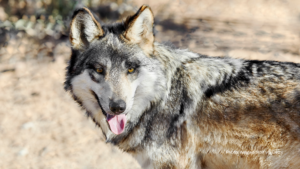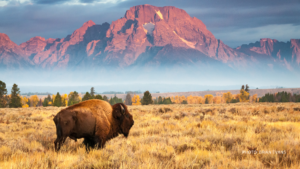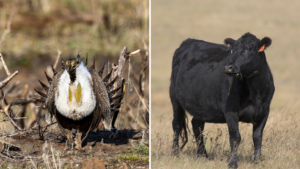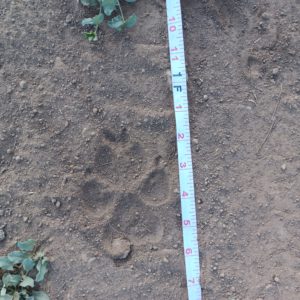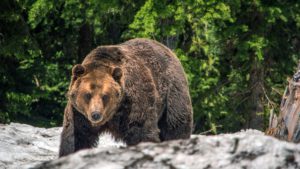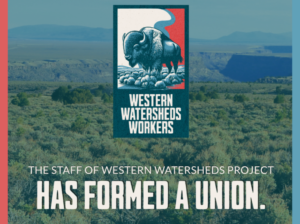Online Messenger #220
(view with pictures, as displayed in Email)
Consolidated Appropriations Act of 2012 Protects Bighorn Sheep Throughout the West
Friends,
Western Watersheds Project’s continued effort to protect imperiled bighorn sheep has prompted favorable policy change in Washington D.C. with the passage of the Consolidated Appropriations Act of 2012.
Years of legal pressure prompts favorable policy change
Public land domestic sheep grazers and bighorn advocates have been clashing for decades over land-use conflicts which place bighorn sheep populations at risk of deadly disease. With the passage of the Consolidated Appropriations Act of 2012, favorable policy change promises new avenues of conflict resolution that may leave both sides with something to be happy about.
Litigation as Catalyst for Change
Bighorn advocates including Western Watersheds Project, the Hells Canyon Preservation Council, The Wilderness Society and allies have been successful in applying judicial pressure to the Forest Service. A series of successful lawsuits have compelled land managers to acknowledge best science and manage land-uses to restrict the risk domestic sheep grazing poses to bighorn sheep viability in areas where domestic sheep grazing overlaps bighorn habitat on public land.
Continue Reading About This Beneficial Change in Policy on The Wildlife News …
Western Watersheds Project Appeal Stops Bad Grazing Decision near Ely, Nevada
On January 3, 2012 Humboldt-Toiyabe National Forest Supervisor Jeanne Higgins withdrew the Ely Westside Environmental Impact Statement and Record of Decision issued in late 2011 by the Ely Ranger District in response to an appeal filed by Western Watersheds Project.
The Ely Westside Environmental Impact Statement included analyzed over 569,000 acres of public land in east-central Nevada including management of the wild and magnificent Grant-Quinn Ranges and the White Pine Range. This landscape includes seven Wilderness areas – the Grant Range, Quinn Canyon, Currant, Shellback, White Pine Range, Bald Mountain and Red Mountain Wildernesses. Vast areas of this landscape are extremely rugged, forested, or water is very scarce – yet the Forest found virtually the whole landscape suitable for grazing use.
The Forest Service failed to include adequate measurable standards to protect riparian areas, aspen clones, and wildlife habitat including critical sagebrush and springbrook/wet meadow habitat for Greater Sage-grouse. These lands provide habitat for the White Pine sage-grouse population and the vanishing Quinn population of sage-grouse. In addition the Forest sought to re-open a grazing allotment that had been officially closed for more than 25 years – even as the Forest was illegally allowing the allotment to be grazed in Quinn population sage-grouse habitat.
Grant-Quinn bighorn sheep are also threatened by continued domestic sheep grazing. The EIS included portions of the Pancake Complex Monte Cristo Wild Horse Territory, the the Forest never bothered to systematically collect data on wild horses. Just administering the cattle and sheep grazing here costs taxpayers many times the paltry $10,000 or less that the Forest collects in annual grazing fees.
Western Watersheds Project extends thanks to WWP NEPA Coordinator Ken Cole for his critical contribution to this successful outcome.

